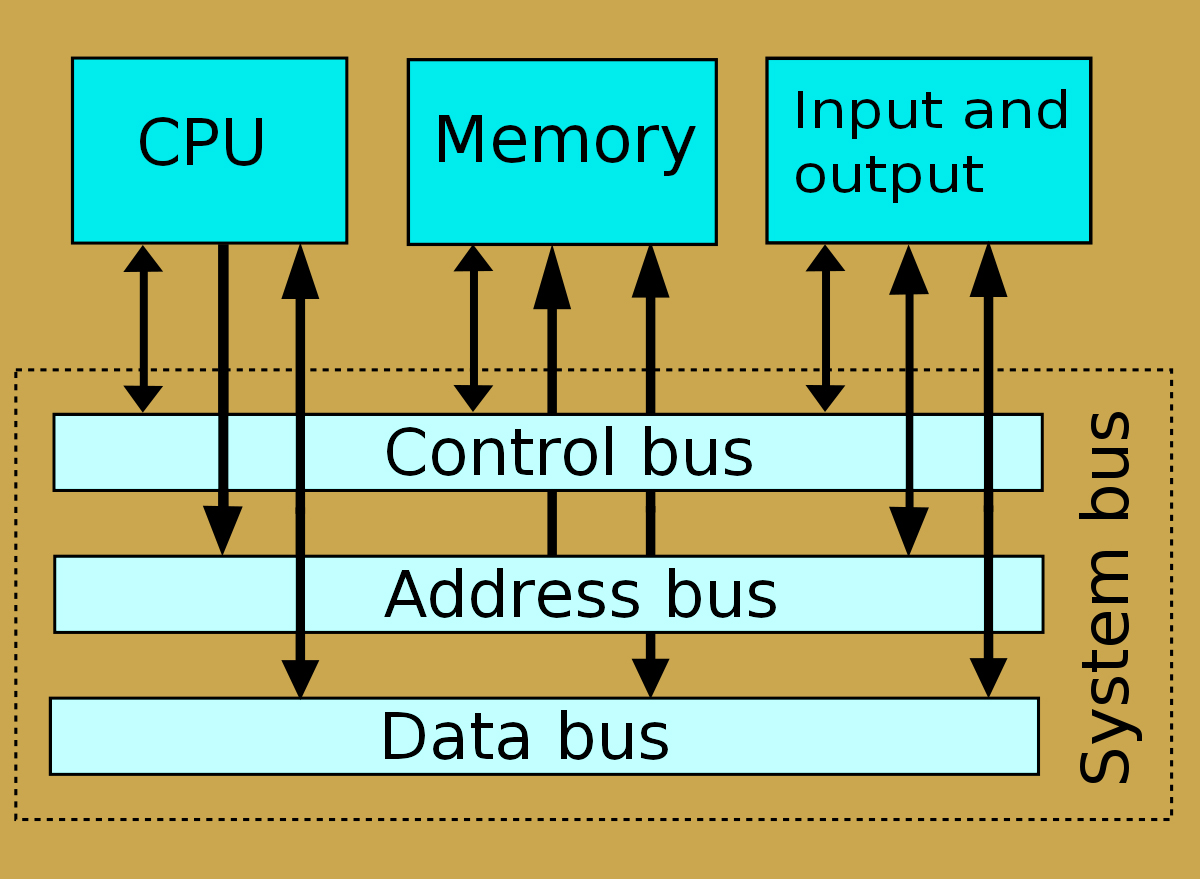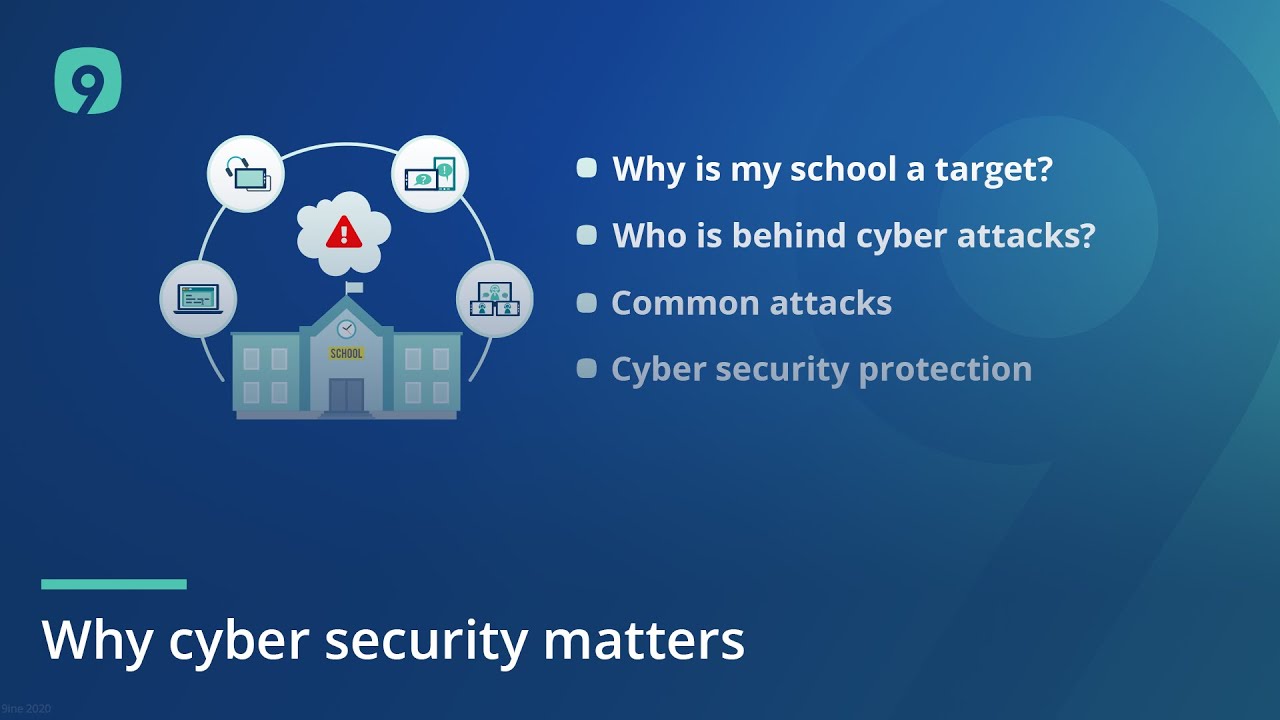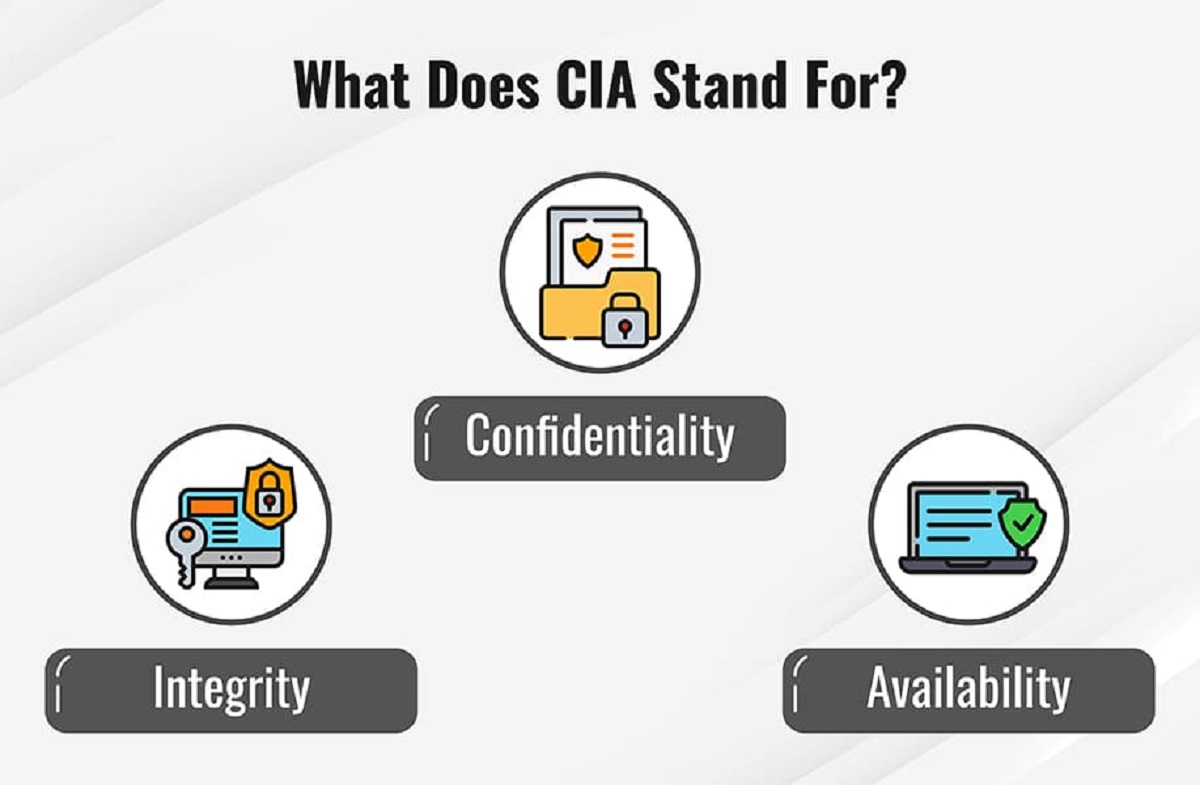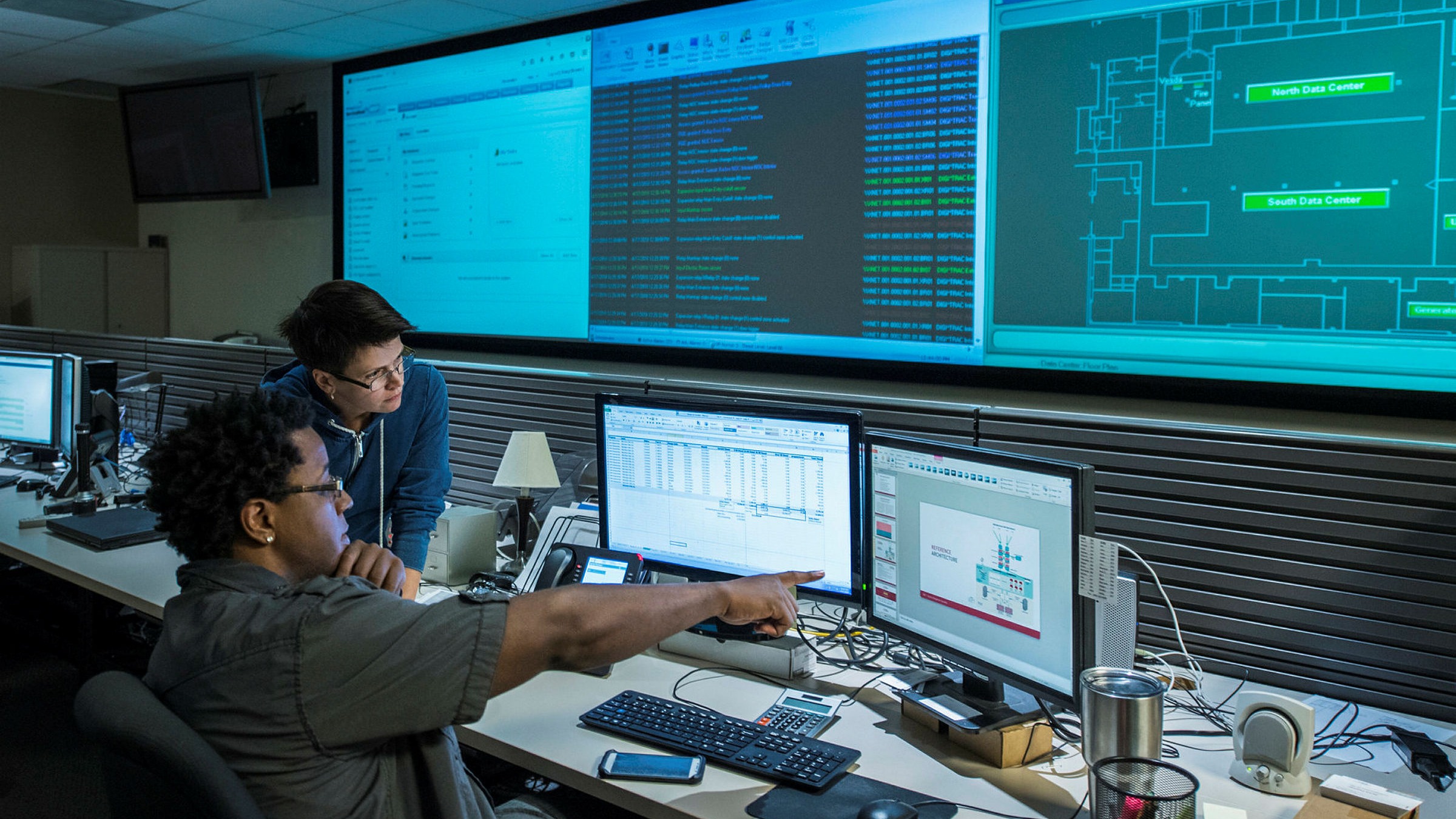Many organizations deal with properly orchestrated cyberattacks; unfortunately, the perpetrators often succeed. These bad actors exploit many companies’ cybersecurity infrastructure weaknesses and their ever-increasing attack surfaces to infiltrate their networks and carry out their malicious acts. Today, we’ll take about how can these people take advantage of cybersecurity issues and how you can remedy it.
How Cyberattacks Take Advantage Of You
Some of these infrastructure weaknesses stem from siloing important cybersecurity components. The lack of collaboration and integration between different security components in a computer network reduces any cybersecurity team’s visibility across all attack surfaces, making it easier for malware to slip through the cracks.
Cyber attackers that constantly target organizations’ computer networks frequently upgrade their techniques to be more efficient with their attacks. Organizations at risk need sophisticated cybersecurity tools, features, techniques, and other solutions to prevent such threats from causing harm. One solution is Extended Detection and Response (XDR).
What Is XDR
This is a cybersecurity solution that consolidates different data sources and security tools into a single platform. The data sources include servers, computer networks, cloud storage units, emails, and endpoints. The tools and data consolidation allows the platform to easily hunt for and recognize threats. It also allows the platform to conduct investigations quickly and respond to those threats appropriately.
XDR gives room for a holistic and well-structured approach to tackling cyberattacks, regardless of their scale. It also provides a defense against unauthorized network access and network misuse. This approach allows a cybersecurity team to expand its threat detection, analysis, and response from endpoints to multiple layers of protection. Thus reducing the time malware spends inside any network with XDR capabilities.
XDR software can improve its ability to deal with threats by using artificial intelligence and machine learning to learn more about online dangers. This will enhance its awareness, increase productivity and save the organization money since the software will train itself for free.
Extended Detection and Response is a relatively new concept that became prominent in 2018. Many cybersecurity professionals consider it a logical upgrade to Managed Detection and Response (MDR) and Endpoint Detection and Response (EDR). MDR and EDR are standard cybersecurity solutions that companies use to secure their network infrastructure.
How XDR Benefits Its Users
Not only is XDR an upgrade on a company’s security measures, but it also changes the way it approaches cybersecurity. Every company’s circumstance is unique, so the benefits of XDR to them will also differ. Regardless, XDR offers the following benefits to the companies that use it:
Advanced Threat Detection
XDR software monitors all the traffic in a computer network to detect anomalies and acts on them regardless of how much harm they can cause. This applies to both known and unknown threats. XDR’s effectiveness saves companies from dealing with DDoS, ransomware, and similar attacks, which can be costly to the victim.
Protection For Multiple Data Sources And Devices
The holistic approach XDR software takes means that threat protection extends beyond single locations (like endpoints) to every nook and cranny of the network. This includes cloud storage units, online servers, and everywhere else data in that network flows through.
Automatic Data Collection And Monitoring
While XDR platforms monitor the traffic in a network, it simultaneously collects and analyzes the data it comes across. This gives insight into all areas in the company’s network infrastructure, including the weak and blind spots, so that anomalies can be spotted and dealt with faster. The data analysis is usually automatic and helpful to cybersecurity teams in their threat prevention efforts.
Customizable Threat Alerts
XDR software can identify and respond to threats on its own. This reduces the workload of cybersecurity personnel as they will have fewer alerts to attend to. With this extra time, they can innovate new strategies to deal with potential cyberattacks. However, they can choose to be alerted during certain occurrences to mitigate those attacks by themselves.
Productivity Boost
Since XDR software consolidates multiple tools in one dashboard, they all become easy to handle. Having many valuable tools in one location helps a cybersecurity team save time and have a smoother workflow.
Self-Improvement
Machine learning and AI play significant roles in cybersecurity. They help XDR platforms improve their threat detection and response by constantly learning about the new threats hackers and bad actors develop to attack computer networks.
Minimal Processing Power Usage
Using one software that combines many security tools is kinder on processors than running multiple systems simultaneously. The collection of security tools serves the same function as all of them working separately but with less power which is friendly to the environment.
Improves Threat Visibility
Traditional cybersecurity measures can leave a computer network with blind spots. Identifying and sealing these blind spots might be difficult and time-consuming. But the unification of data streams from various tools and resources in an XDR platform tackles this challenge.
Quick Response To Threats
Whenever a cyberattack occurs, the XDR software will quickly isolate and neutralize it before it can infect the network. This reduces system downtime and has minimal effect on the company’s operations.
Lowers Cybersecurity Costs
The effectiveness of extended detection and response helps any organization that uses it saves time and money. Its ability to aggressively tackle anomalies significantly reduces the damage it can cause, saving money that would have been spent on restoring the network. Its constant adaptation to new threats minimizes the need for cybersecurity experts to come in to upgrade the system manually.
Final Word
Every organization with a computer network should be wary of cyber threats. Hackers can evade traditional online security measures and penetrate their network by exploiting weaknesses in their security infrastructure. However, if these attacks are successful, they can be disastrous to any organization. As such, this can result In halted operations which will lead to more costs.
Fortunately, XDR offers robust threat prevention and protection by unifying various security tools and data sources to understand and prepare against the potential threats the organization may face. XDR software has massive benefits to the companies that use them, including savings, rapid threat isolation, automatic data analysis, and constant improvement in threat detection.

























